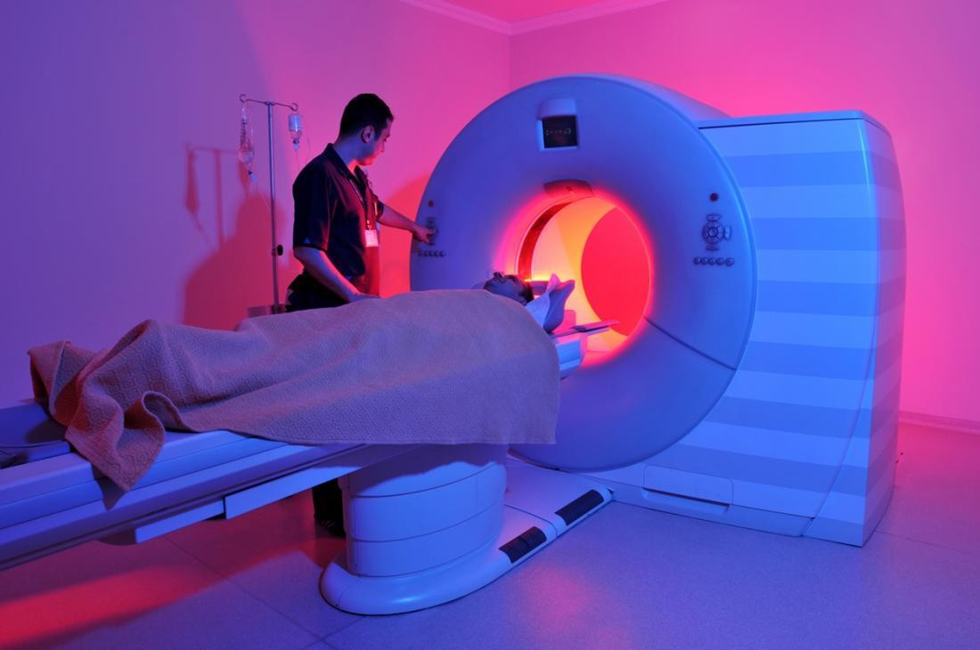A client is receiving a postoperative continuous bladder irrigation via a three-way indwelling catheter for a transurethral resection of the prostate (TURP). Twelve hours after the surgery, the practical nurse (PN) is monitoring the urine in the catheter's bedside drainage unit and observes that the drainage is a thick red fluid with clots. What action should the PN implement?
Check for kinks in the drainage tubing.
Observe the drainage again in one hour.
Report the finding to the charge nurse.
Stop the irrigation solution immediately
The Correct Answer is C
A. Checking for kinks in the drainage tubing might be a part of troubleshooting, but the observed clots and thick red fluid require immediate attention, so informing the charge nurse is the priority.
B. Delaying assessment for another hour could potentially exacerbate the issue if there's a problem with the irrigation or if the client's condition worsens.
C. Reporting the finding to the charge nurse is crucial as it indicates potential complications such as bleeding or clot formation that need immediate intervention.
D. Immediately stopping the irrigation solution without proper assessment and guidance could lead to complications and isn't the initial action warranted in this situation.
Nursing Test Bank
Naxlex Comprehensive Predictor Exams
Related Questions
Correct Answer is B
Explanation
Correct Answer: B. Rationale:
A. The last time food was consumed may be relevant for some medical procedures but isn't directly related to an MRI.
B. Knowing the presence of a metal implant is crucial before an MRI due to potential interference with the machine.
C. History of the previous myelogram might be relevant but is not as critical for an MRI. Allergy to iodine-based dyes is more pertinent for procedures like a CT scan with contrast, not necessarily an MRI.

Correct Answer is B
Explanation
A. Sodium level of 130 mEq/L is slightly below the lower limit of the reference range but might not have as immediate an impact on safety as a critically low hemoglobin level.
B. Hemoglobin of 8.9 grams/dL is significantly below the normal range and indicates a substantial drop in red blood cells, which can lead to impaired oxygen transport and potentially severe postoperative complications like inadequate tissue perfusion and oxygenation.
C. Potassium level of 3.4 mEq/L is slightly below the lower limit of the reference range but might not pose an immediate threat compared to a critically low hemoglobin level.
D. Blood urea nitrogen (BUN) of 20 mg/dL is at the upper limit of the reference range but might not have an immediate implication for client safety compared to a critically low hemoglobin level.
Whether you are a student looking to ace your exams or a practicing nurse seeking to enhance your expertise , our nursing education contents will empower you with the confidence and competence to make a difference in the lives of patients and become a respected leader in the healthcare field.
Visit Naxlex, invest in your future and unlock endless possibilities with our unparalleled nursing education contents today
Report Wrong Answer on the Current Question
Do you disagree with the answer? If yes, what is your expected answer? Explain.
Kindly be descriptive with the issue you are facing.
